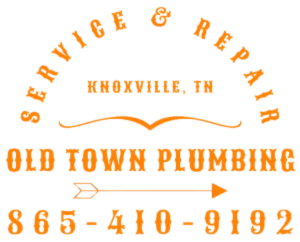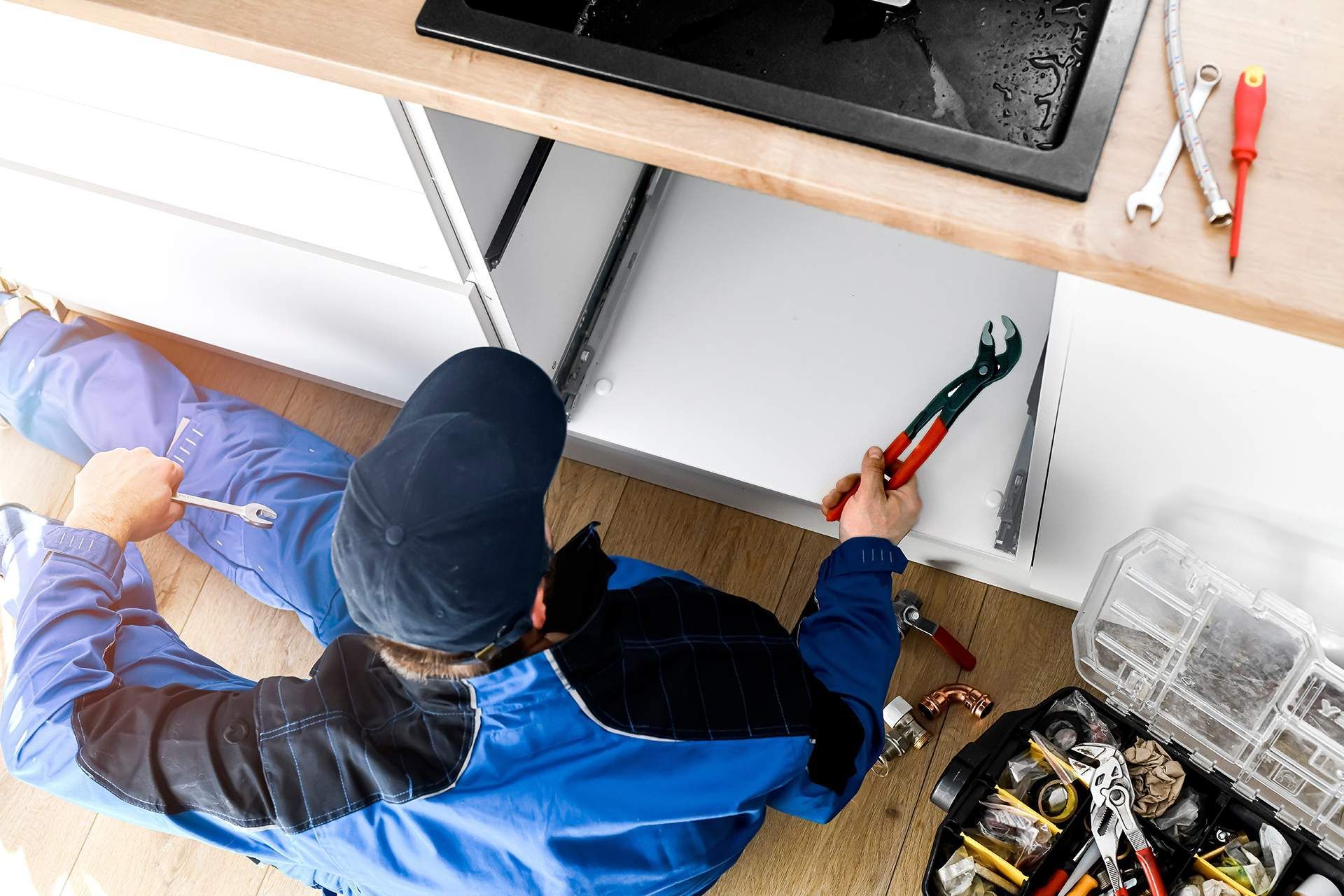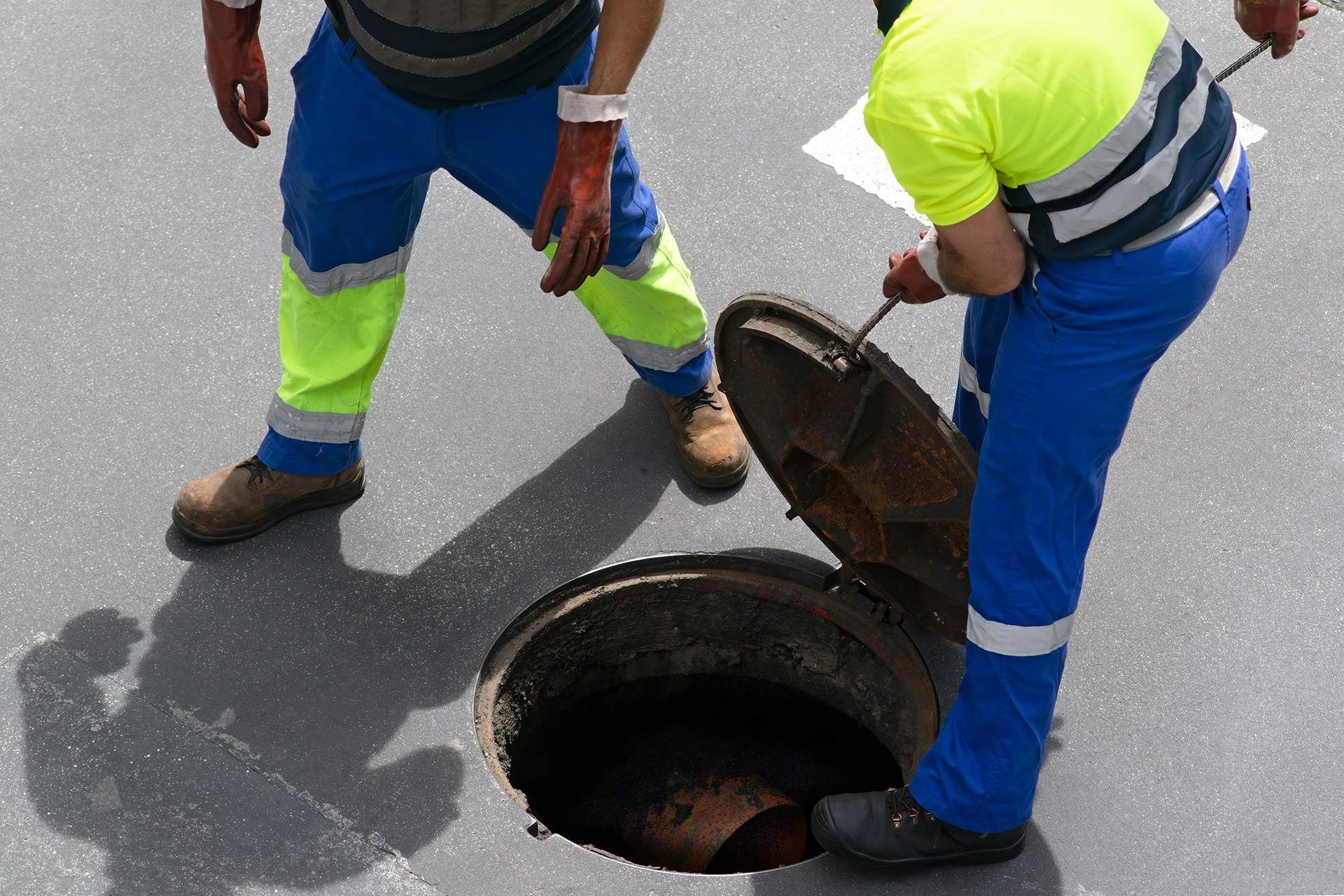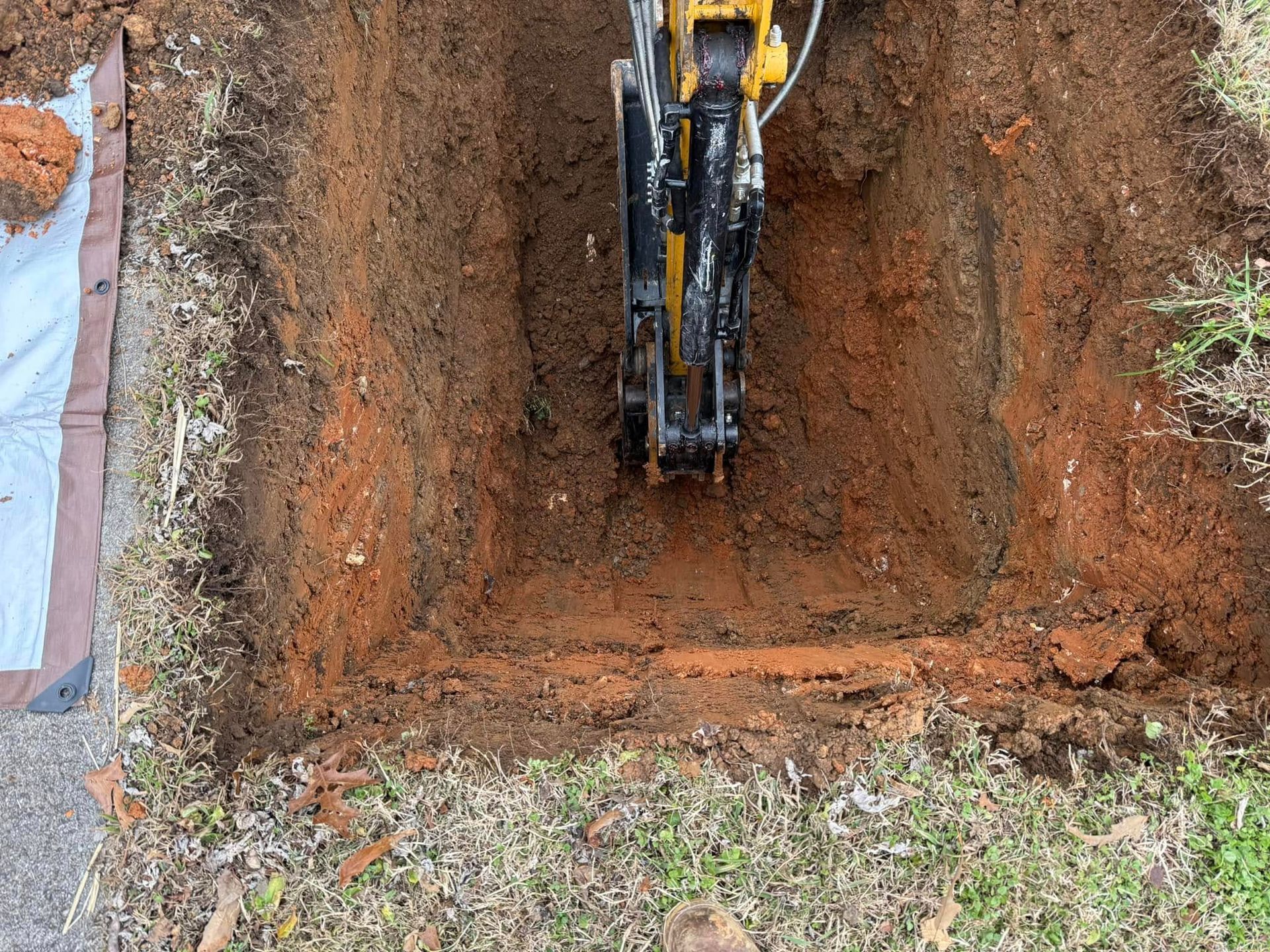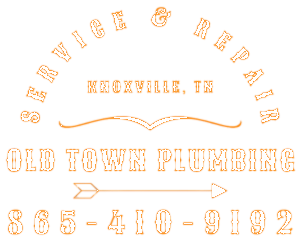Toilet Won’t Flush? 7 Common Reasons and How to Fix Them Fast

When your toilet won’t flush, it’s not just a minor annoyance—it can throw off your whole day. We've all been there: you press the handle, and nothing happens. Or maybe the water just swirls but doesn’t go down. As professionals who have tackled every type of toilet repair, we know how frustrating these situations can be. That’s why we’re breaking down the seven most common reasons your bathroom fixture might not be flushing and giving you practical, easy-to-follow solutions you can try at home before calling in a plumber.
Table of Contents
- Low Water Level in the Tank
- Clogged Toilet Drain
- Faulty Flapper
- Broken or Detached Lift Chain
- Mineral Buildup in Rim Holes
- Malfunctioning Fill Valve
- Sewer Line Problems
- When to Call a Pro
- Preventative Tips
- Final Thoughts
Key Takeaways
- A toilet won’t flush for a number of common and often fixable reasons.
- DIY solutions exist for most issues like clogs, broken parts, or low tank water.
- Regular inspection of your bathroom fixture can help prevent flushing problems.
- If simple fixes don’t work, it’s time to consider professional toilet repair.
- Old Town Plumbing is here to help when at-home solutions aren’t enough.
Low Water Level in the Tank
This is one of the most overlooked causes when a toilet won’t flush properly. Your toilet needs a sufficient amount of water in the tank to generate the right pressure to flush the bowl completely. If the tank water is too low, the flush will be weak or incomplete.
How to Fix It:
- Remove the lid from the toilet tank.
- Check the water level—it should be about an inch below the overflow tube.
- Adjust the float arm or fill valve to raise the water level.
- Flush and observe if the power of the flush improves.
This quick adjustment can often solve the issue without needing more advanced toilet repair.
Clogged Toilet Drain
A clog is the most obvious culprit when your toilet won’t flush. Whether it’s too much toilet paper or a foreign object that accidentally went down, blockages are extremely common.
How to Fix It:
- Start with a plunger. Make sure there's enough water in the bowl to cover the rubber cup.
- Position the plunger to form a tight seal over the drain and pump vigorously.
- If plunging doesn’t work, try a toilet auger to break up or retrieve the blockage.
Pro Tip: Don’t flush repeatedly—this can cause an overflow. One of the most common emergencies we respond to is a flooded bathroom from an overzealous flush attempt.
Faulty Flapper
The flapper is the rubber component inside your tank that lifts up when you flush, allowing water to rush into the bowl. If the flapper is worn out, misaligned, or damaged, your bathroom fixture may not release enough water for a proper flush.
How to Fix It:
- Remove the tank lid and inspect the flapper.
- If it doesn’t create a good seal, it may need cleaning or replacement.
- Flappers are inexpensive and available at most hardware stores—simply detach the old one and attach a new one in its place.
We’ve replaced hundreds of flappers during our plumbing visits—it’s one of the simplest fixes for flushing issues.
Broken or Detached Lift Chain
The lift chain connects the flush handle to the flapper. If the chain is too loose or has become detached, the flapper won’t lift properly—and your toilet won’t flush.
How to Fix It:
- Open the tank and locate the chain.
- If it’s too slack, re-hook it a few links shorter so it has just enough tension to lift the flapper when you press the handle.
- If the chain has snapped, replace it with a new one—these are also easily found at hardware stores.
This fix takes only a few minutes and can make a world of difference.
Mineral Buildup in Rim Holes
The small holes under the toilet rim allow water to enter the bowl during a flush. Over time, mineral deposits (especially if you have hard water) can block these holes, weakening the flush.
How to Fix It:
- Use a small mirror to inspect the underside of the rim.
- Insert a small piece of wire (like a bent paperclip) into each hole to clear any buildup.
- For a deeper clean, fill the tank with a vinegar-water mix and let it sit for a few hours before flushing.
This kind of buildup can significantly reduce flush power without you even realizing it.
Malfunctioning Fill Valve
If your fill valve isn’t working correctly, your toilet tank might not refill with water after a flush—or might take too long to do so. This means the next time you go to flush, the tank isn’t ready.
How to Fix It:
- Observe if water is flowing into the tank after flushing.
- If the valve hisses, trickles, or stops early, it may be faulty.
- Replace the fill valve (they come with instructions and are relatively inexpensive).
If you’re not comfortable with this fix, that’s where professional toilet repair services can save the day.
Sewer Line Problems
This is the most serious reason a toilet won’t flush, and unfortunately, it’s not something you can fix on your own. If you’ve ruled out all other issues and multiple drains in your home are slow or backing up, it might be a sewer line blockage.
How to Spot It:
- Multiple plumbing fixtures are slow or not draining.
- Gurgling sounds in drains.
- Water backing up in sinks or tubs when you flush.
What to Do:
Call a licensed plumber immediately. Sewer line issues can pose health hazards and may require professional tools like hydro-jetting or a sewer camera inspection.
When to Call a Pro
You’ve tried everything—the plunger, the flapper, the chain—and your toilet won’t flush the way it should. This is when it's best to call for help. A licensed plumber can quickly diagnose issues and save you time, stress, and potentially costly repairs if the problem is left unaddressed.
Preventative Tips to Avoid Future Problems
- Only flush toilet-safe materials. Avoid flushing wipes, paper towels, and hygiene products—even if they say “flushable.”
- Inspect your toilet tank parts every six months. Catching wear and tear early helps prevent unexpected breakdowns.
- Use vinegar soaks monthly to prevent mineral buildup in rim holes and internal parts.
- Don’t ignore slow flushes. They’re a sign something’s brewing—catch it early before it becomes a full-blown repair.
Final Thoughts
When your toilet won’t flush, it doesn’t automatically mean a big repair bill. In fact, many common causes—like a clogged drain, faulty flapper, or low tank water—can be fixed with just a few tools and a little know-how. Of course, if you’ve tried the steps above and your toilet still isn’t working right, that’s where we come in.
At the end of the day, your bathroom fixture should do its job—flush completely, every time. If it’s not, don’t wait for the problem to get worse. Our experienced team has helped countless homeowners with every kind of toilet repair, from the simple to the complex.
Need help with a stubborn toilet?
Contact
Old Town Plumbing today—we’re here to help get things flowing again.
- Email:
molly.porfidio@gmail.com
- Phone:
314-363-6554
Old Town Plumbing—Real plumbers. Real solutions. Real fast.
Frequenly Asked Questions
1. Why does my toilet won’t flush completely even though the tank fills with water?
A common reason your toilet won’t flush fully is a malfunctioning flapper or blocked rim holes. Even if the tank fills, the water may not be released with enough force due to these issues. Performing a quick toilet repair, like adjusting or replacing the flapper, usually solves the problem.
2. What should I check first when my toilet won’t flush at all?
Start by lifting the lid off your tank and checking if the lift chain is attached and the flapper is functioning. These are two of the most frequent causes when a toilet won’t flush. If everything appears intact, a clog in the drain or low water level may be the issue.
3. Can I fix a toilet that won’t flush on my own, or do I need a professional?
Yes, many issues related to a toilet won’t flush can be resolved with simple DIY fixes—like plunging, adjusting tank components, or clearing mineral buildup. However, if you’ve tried basic steps and the issue persists, it’s best to call in a professional for proper toilet repair to avoid damaging your bathroom fixture further.
4. How do I know if the problem is with the toilet or the plumbing system?
If only one bathroom fixture (your toilet) is acting up, the issue likely lies within the toilet itself. But if multiple drains are slow or backing up, your sewer line could be the problem—not just that your toilet won’t flush. In that case, professional assessment is highly recommended.
5. What regular maintenance can help prevent future toilet repair needs?
To keep your bathroom fixture in top condition and avoid the stress of a toilet won’t flush situation, perform monthly cleanings with vinegar to reduce mineral buildup, inspect the internal components for wear every few months, and avoid flushing non-flushable items. Proactive care minimizes the chances of needing emergency toilet repair.
